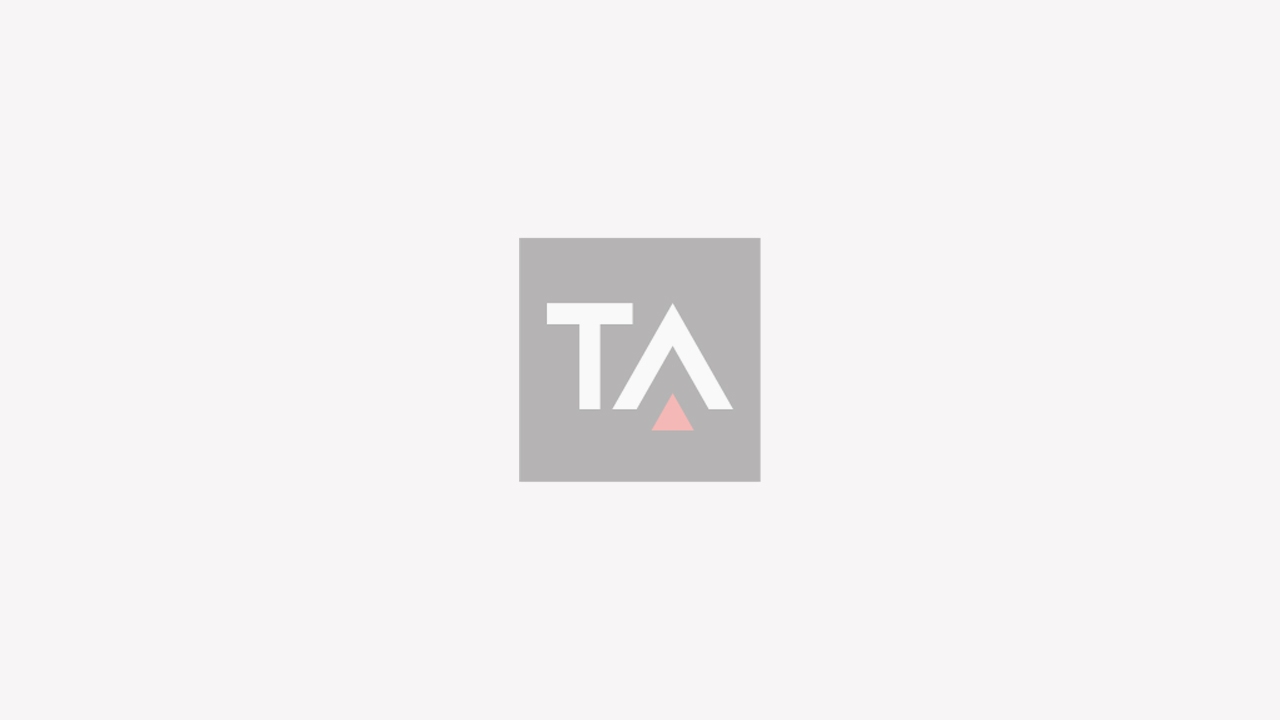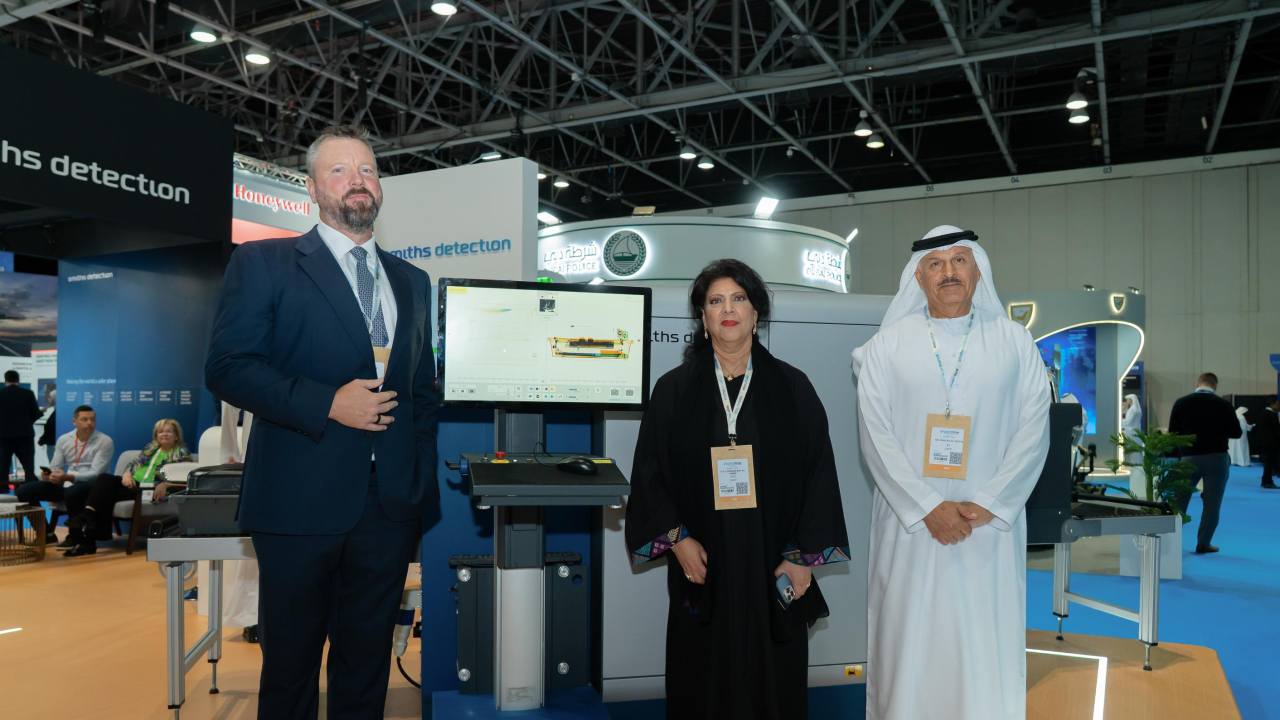MENA has a key role in V2500's future

Last year International Aero Engines (IAE) took time out to celebrate the V2500’s two decades in service, but it remains focused on managing its established fleet and identifying new growth opportunities.
On both counts, the four-nation consortium is quick to point towards Middle East/North Africa as a region of strategic importance, forecasting concerted growth both in sales of new equipment and aftermarket services.
With more than 6,000 engines in service, plus an order backlog of a further 2,000, the V2500 continues to be a mainstay in the mid-size market on the Airbus A320 series for IAE’s senior partners Pratt & Whitney and Rolls-Royce, and their fellow shareholders, MTU and the Japanese Aero Engines Corporation.
While China and the Far East dominate the profile of close to 200 V2500 customers worldwide (the engine has won more than 70 per cent of total business in the big, block A320 orders in China) IAE is highly optimistic about its prospects in MENA. It already has a solid base of 21 customers, with nearly 200 V2500-powered aircraft either operating or on order in the region.
Bruce Blythe, senior VP, aftermarket and commercial, said: “IAE’s section of the market here is on the move. It’s not yet the biggest region, but it’s growing pretty well and while we’ve not seen the mega-growth that’s been evident in the large aircraft sector, the mid-size market in MENA is beginning to come through. We’re taking more than half the engine orders on the A320 against CFM and we’re competing hard to win business where we can.”
Prospects have been improved with the introduction of a new build standard, V2500 SelectOne (the hot-end upgrades to the -A5 version of the engine can also be retrofitted during scheduled shop visits) which delivers a one per cent fuel burn improvement and increases time on-wing by up to 20 per cent.
Qatar Airways, which already operated a fleet of 19 V2500-powered A320s, was quick to cite the SelectOne factor in last year’s follow-on engine selection for an additional 20 A320s and four A321s, highlighting the resulting lower emissions as vital to its corporate social responsibility programme. CEO Akbar Al Baker also described the V2500 at the time as “the most reliable option for the harsh conditions in which we operate”.
IAE’s regional fleet is a mix of long-standing customers such as Saudia, which operates the V2500 on its MD-90s, and more recent additions including Qatar and Etihad, who have demonstrated strong appetites for growth. Also among what Blythe calls the “double digit” fleets are Royal Jordanian, Middle East Airlines and Egyptair.
Etihad has certainly shown a willingness to come to the party with IAE on a number of fronts, including a vote of confidence in placing a repeat order, and buying into the long-term relationship through two separately negotiated Fleet Hour Agreements (FHAs).
Within the space of six months last year, Etihad first chose the V2500 for an additional fleet of 20 A320 series aircraft, accompanied by an FHA, then followed up with news that it had agreed a retrospective services package for 30 installed and spare engines powering its existing, in-service fleet of 14 aircraft.
As Blythe explained: “Once we agreed an FHA to accompany the engine order for their 20 new aircraft, it became clear that a similar services package for the V2500s already in-service was the way to go. Because their original A320s came from various directions at different times – some new aircraft, some leased, and some from other operators – we’d simply not got round to discussing an OEM services contract. Now we’ll see real benefits through a consistent arrangement across the Etihad fleet.”
Recent orders have included engines for 20 A320s being acquired by DAE Capital, the leasing arm of Dubai Aerospace Enterprise, which will potentially help spread the V2500’s presence through new operators and raise its regional market share above the current 50 per cent mark.
At present, lessors are not demanding portable FHAs. IAE says if a pay-by-the-hour contract is required, it is normally the end operator that makes its own arrangements direct with the engine maker, although it points out that service contracts are more easily applied to the longer lease periods which typically come with larger, widebody aircraft.
Nevertheless, around 80 per cent of V2500 sales are now accompanied by a fleet hour contract – a figure which is set to rise as the backlog is delivered and FHAs become almost the default option. Close to half of all IAE’s current operations are managed through such services agreements – a remarkable figure when it’s remembered that the organisation’s focus on tying in long-term aftermarket revenues is a relatively recent development.
One of the most interesting – and challenging – scenarios for IAE is how the organisation interacts with other major service providers in the region to ensure it maximises its share of the V2500’s aftermarket potential. Saudia and Egyptair are an established presence with their own V2500-capable shops, but it is the emergence of Mubadala’s plans centred around Abu Dhabi Aircraft Technologies (ADAT) that is singled out by IAE as a potential game changer.
“It will change the face of short-haul maintenance in the Middle East,” predicted Blythe. “They are setting themselves up to overhaul many engine types, including the V2500, and we are working closely with ADAT, providing support for them to do that. I believe they could be V2500-capable by 2011.”
IAE's traditional preference has been to steer customers towards its partner company shops using a mechanism whereby overhauls are “allocated out” as close as possible to the operator’s home base.
Whatever route the services regime takes, there is no doubt that the V2500 fleet will reach new peaks of demand over the next few years.
“Historically we may have got off to a slow start but boy is it big now! The kind of services offerings, and the network we’ve put in place, have become a massive part of our growth,” said Blythe. “We have been delivering 300-plus V2500-A5s a year for the last five to seven years. These are now starting to hit the overhaul shops and there are a lot more out there still to come in for their first shop visit. We believe we’ve got a product that’s hitting the button for customers and it’s a pretty exciting future being in IAE with that level of growth coming forward.”
Stay up to date
Subscribe to the free Times Aerospace newsletter and receive the latest content every week. We'll never share your email address.

